Researchers from Chulalongkorn University have made use of forage grass to feed microorganisms and convert the resulting fat into jet fuel. They aim to expand petroleum-based oil replacement production to reduce impacts on human health and the environment.
Tag: Biofuel

Renewable aviation fuels prepare for take-off in Australia
Aviation experts from the University of South Australia (UniSA) will work with their Chinese counterparts over the next two years to develop a sustainable aviation biofuel industry in both countries.
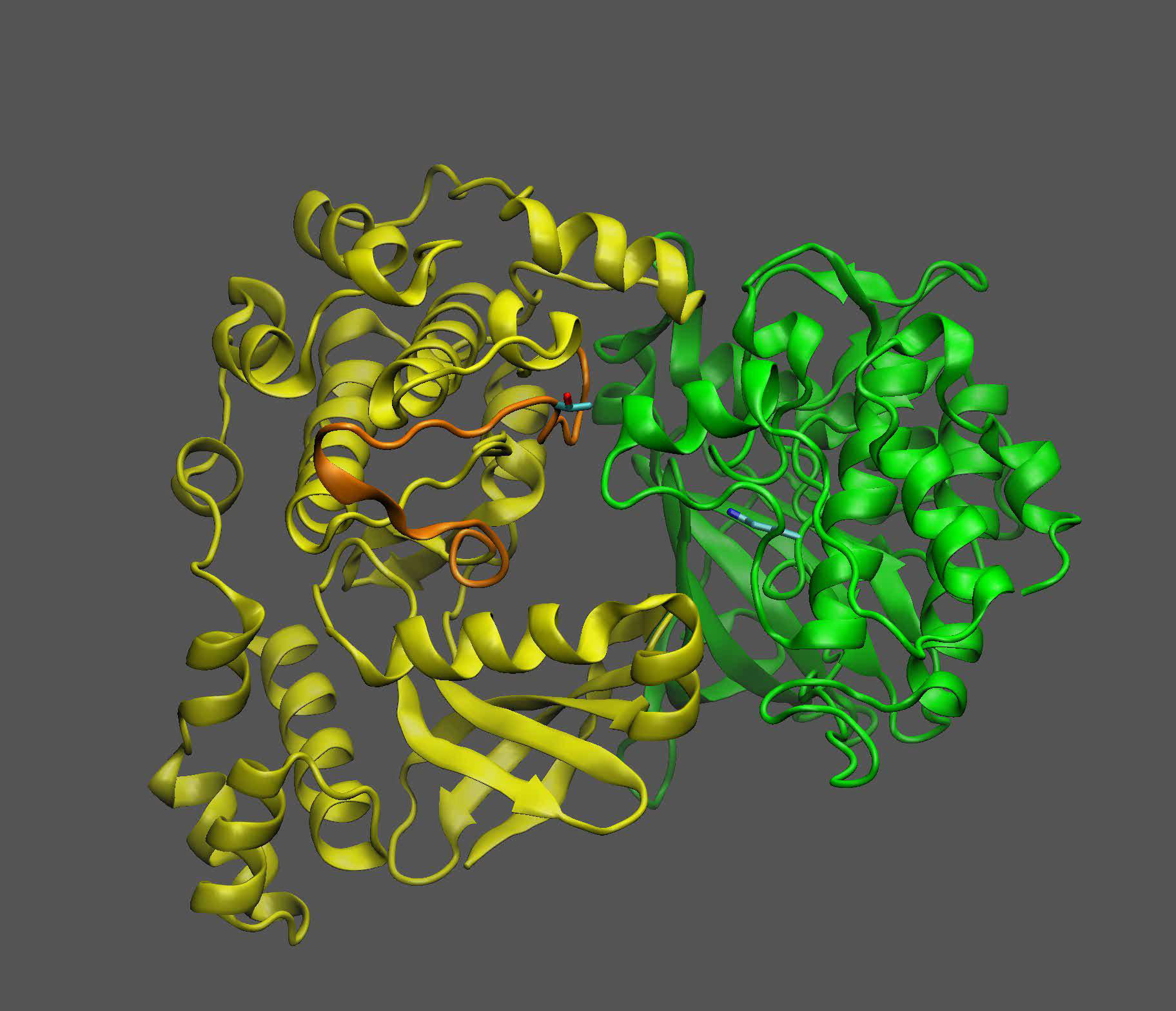
Scientists Discover Mechanism of Sugar Signaling in Plants
A paper in the journal Science Advances describes how the moving parts of a particular plant protein control whether plants can grow and make energy-intensive products such as oil — or instead put in place a series of steps to conserve precious resources. The study focuses specifically on how the molecular machinery is regulated by a molecule that rises and falls with the level of sugar — plants’ main energy source.
An in-person look at in-flux soybean supply chains
To meet the rising demand for renewable diesel fuel, the U.S. soybean market is rapidly changing. A group of Iowa State University students recently spent a week studying soybean supply chains in person, a trip that stretched from Midwestern processing plants to Pacific Northwest ports.
Engineering of plant cell wall modifying enzymes opens new horizons
A newly discovered way of optimising plant enzymes through bioengineering has increased knowledge of how plant material can be converted into biofuels, biochemicals and other high-value products.
A roadmap for gene regulation in plants
For the first time, researchers have developed a genome-scale way to map the regulatory role of transcription factors, proteins that play a key role in gene expression and determining a plant’s physiological traits. Their work reveals unprecedented insights into gene regulatory networks and identifies a new library of DNA parts that can be used to optimize plants for bioenergy and agriculture.
Transforming plants into allies in the fight against climate change
Nature-based solutions are an effective tool to combat climate change triggered by rising carbon emissions, whether it’s by clearing the skies with bio-based aviation fuels or boosting natural carbon sinks. At the Department of Energy’s Oak Ridge National Laboratory, scientists are leading research to transform plants into key drivers of decarbonization, from creating biomass crops for new fuels to enhancing the ability of plants to absorb and store carbon.
$80 million grant aims to make regenerative farming practice a moneymaker for farmers
An Iowa State University research team is part of an $80 million federal grant to show how generating renewable natural gas from cover crops and prairie grass could give farmers a market-based motivation to use conservation practices that sequester carbon dioxide and improve water quality.
WVU studies climate change potential for carbon-hungry grasses planted on former mine lands
West Virginia University researchers are exploring the potential for certain grasses planted on reclaimed mine land to help mitigate greenhouse gas emissions. A grant will support the two-year study at WVU’s West Virginia Water Research Institute.
Study points to Armenian origins of ancient crop with aviation biofuel potential
Camelina, also known as false flax or Gold-of-Pleasure, is an ancient oilseed crop with emerging applications in the production of sustainable, low-input biofuels. Multidisciplinary research from Washington University in St. Louis is revealing the origins and uses of camelina and may help guide decisions critical to achieving its potential as a biofuel feedstock for a greener aviation industry in the future.
The future of flight: decarbonizing aviation
Argonne hosted a sustainable aviation fuels workshop, bringing together over 100 leaders in the U.S. aviation industry to discuss their mutual goals of achieving a greener future for commercial aviation.
Designing Microbe Factories for Sustainable Chemicals
Scientists have devised a way to engineer yeast to produce sustainable, eco-friendly commodity chemicals using computing power as a guide.
Using microbes to make carbon-neutral fuel
A team of biologists and engineers modified a microbe so that it can produce a biofuel using only three renewable and naturally abundant source ingredients: carbon dioxide, solar panel-generated electricity and light.
Fighting Viruses with Algae
A comprehensive literature review linking algae and antivirals determines compounds in algae may demonstrate an exceptional—and as yet untapped—potential to combat viral diseases at every point along the viral infection pathway.
Bacteria may hold key for energy storage, biofuels
Cornell University bioengineer Buz Barstow is trying to solve a big problem: How to build a low-cost, environmentally friendly and large-scale system for storing and retrieving energy from renewable sources such as wind and solar.
From Smoky Skies to a Green Horizon: Scientists Convert Fire-Risk Wood into Biofuel
Reliance on petroleum fuels and raging wildfires: Two separate, large-scale challenges that could be addressed by one scientific breakthrough. Researchers from two national laboratories have collaborated to develop a streamlined and efficient process for converting woody plant matter like forest overgrowth and agricultural waste – material that is currently burned either intentionally or unintentionally – into liquid biofuel.
Separating beer waste into proteins for foods, and fiber for biofuels
The beer-making process yields a large amount of spent grain as a waste product. Today, scientists report a new way to extract the protein and fiber from brewer’s spent grain and use it to create new types of protein sources, biofuels and more. They will present their results at ACS Spring 2021.
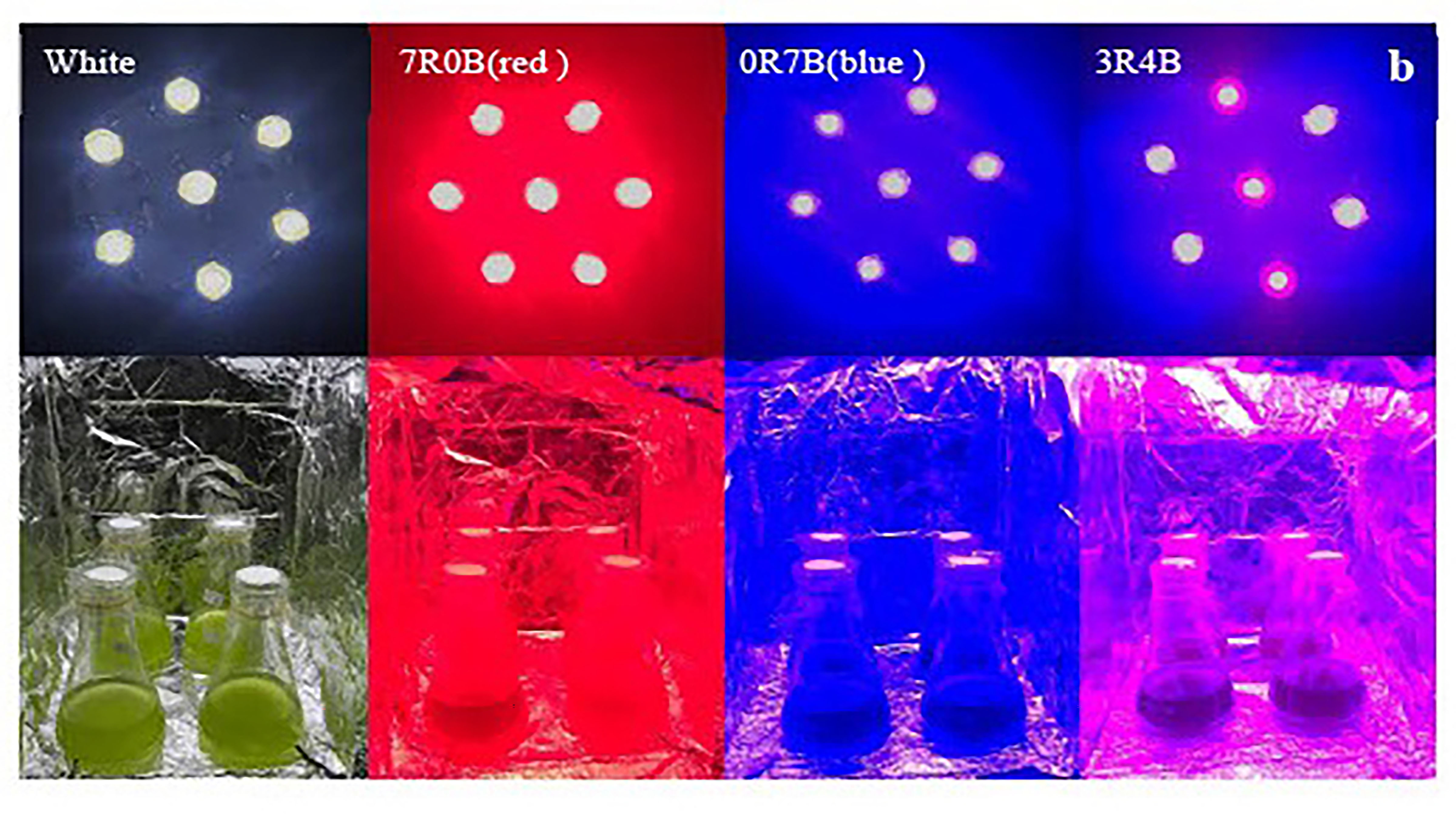
Shining, Colored LED Lighting on Microalgae for Next-Generation Biofuel
As biofuels continue to present challenges, microalgae are gaining momentum as a biofuel energy crop. In the Journal of Renewable and Sustainable Energy, researchers show how a combination of monochromatic red and blue LED illumination on one type of microalga can enhance its growth and increase the biosynthesis of critical components, such as lipids, for microalgae feedstock development. The researchers focused on Dunaliella salina, typically extracted from sea salt fields and found in salt lakes.
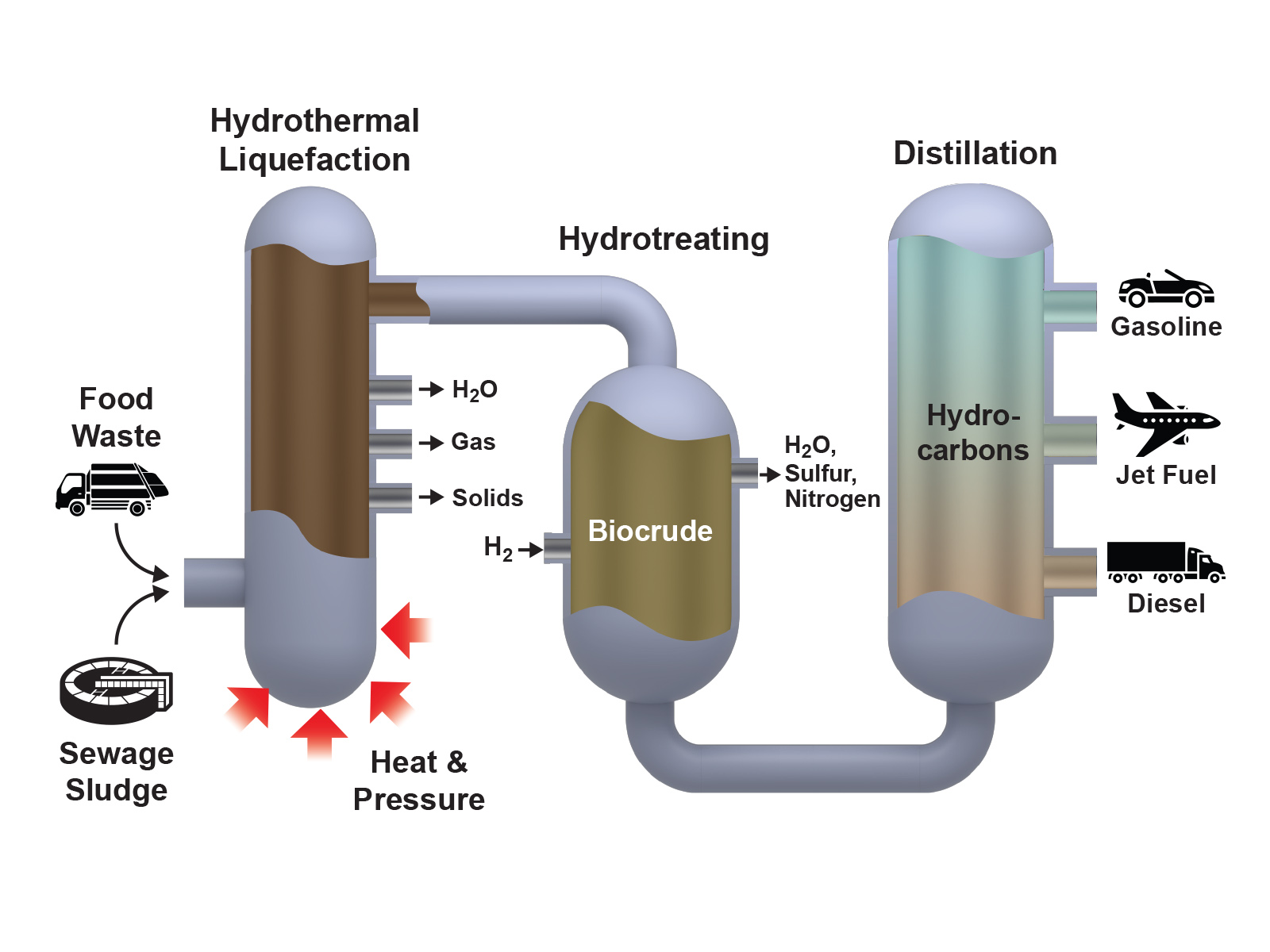
Biocrude Passes the 2,000-hour Catalyst Stability Test
A large-scale demonstration converting biocrude to renewable diesel fuel has passed a significant test, operating for more than 2,000 hours continuously without losing effectiveness.
Scientists develop a cheaper method that might help create fuels from plants
Scientists have figured out a cheaper, more efficient way to conduct a chemical reaction at the heart of many biological processes, which may lead to better ways to create biofuels from plants.
Engineers go microbial to store energy, sequester CO2
By borrowing nature’s blueprints for photosynthesis, Cornell University bioengineers have found a way to efficiently absorb and store large-scale, low-cost renewable energy from the sun – while sequestering atmospheric carbon dioxide to use later as a biofuel.
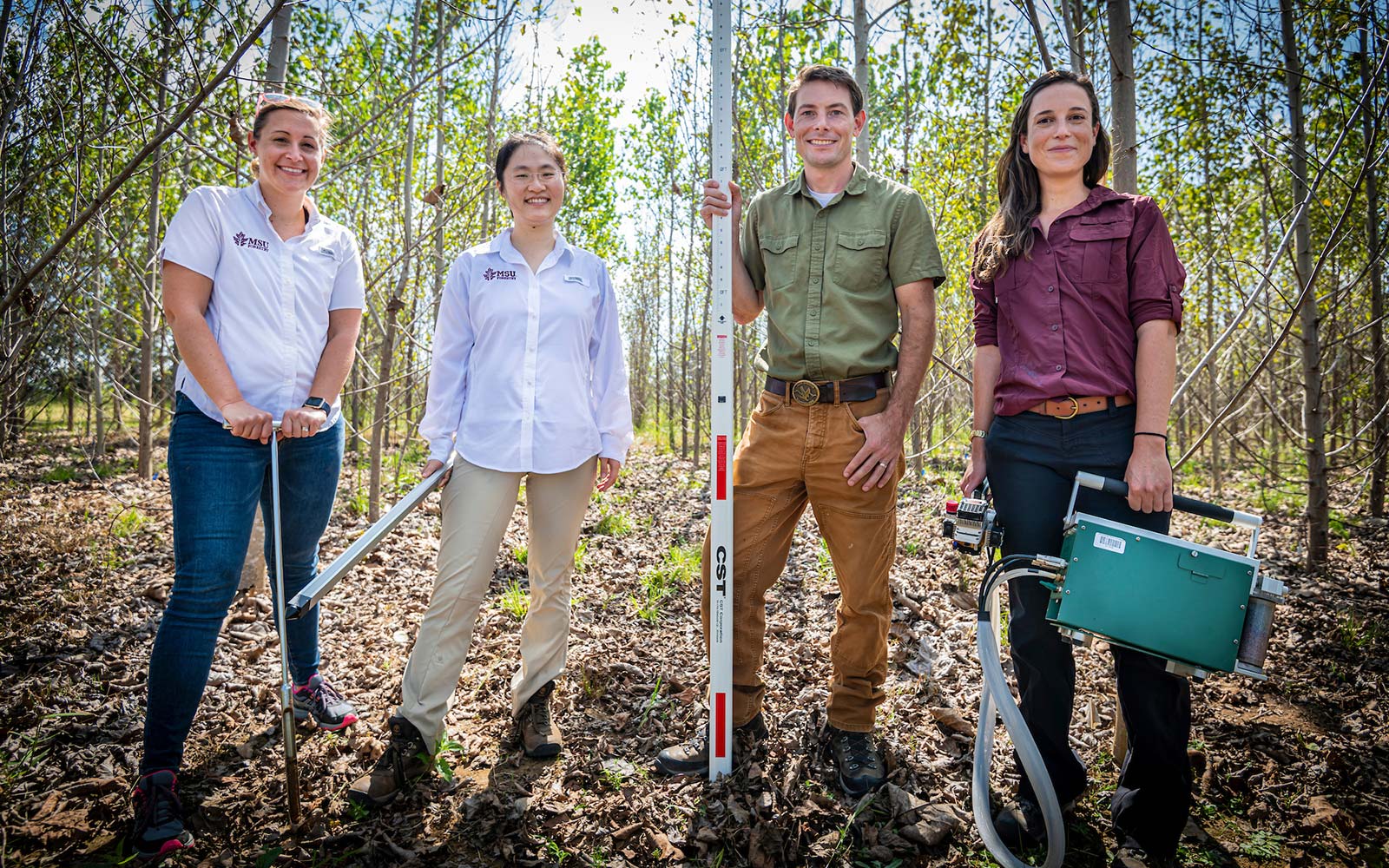
$2.5 million DOE grant to help MSU researchers measure benefits of growing trees for biofuel
A $2.5 million grant from the U.S. Department of Energy will benefit Mississippi State researchers in the university’s Forest and Wildlife Research Center studying the economic and ecological benefits of growing trees for biofuel production.
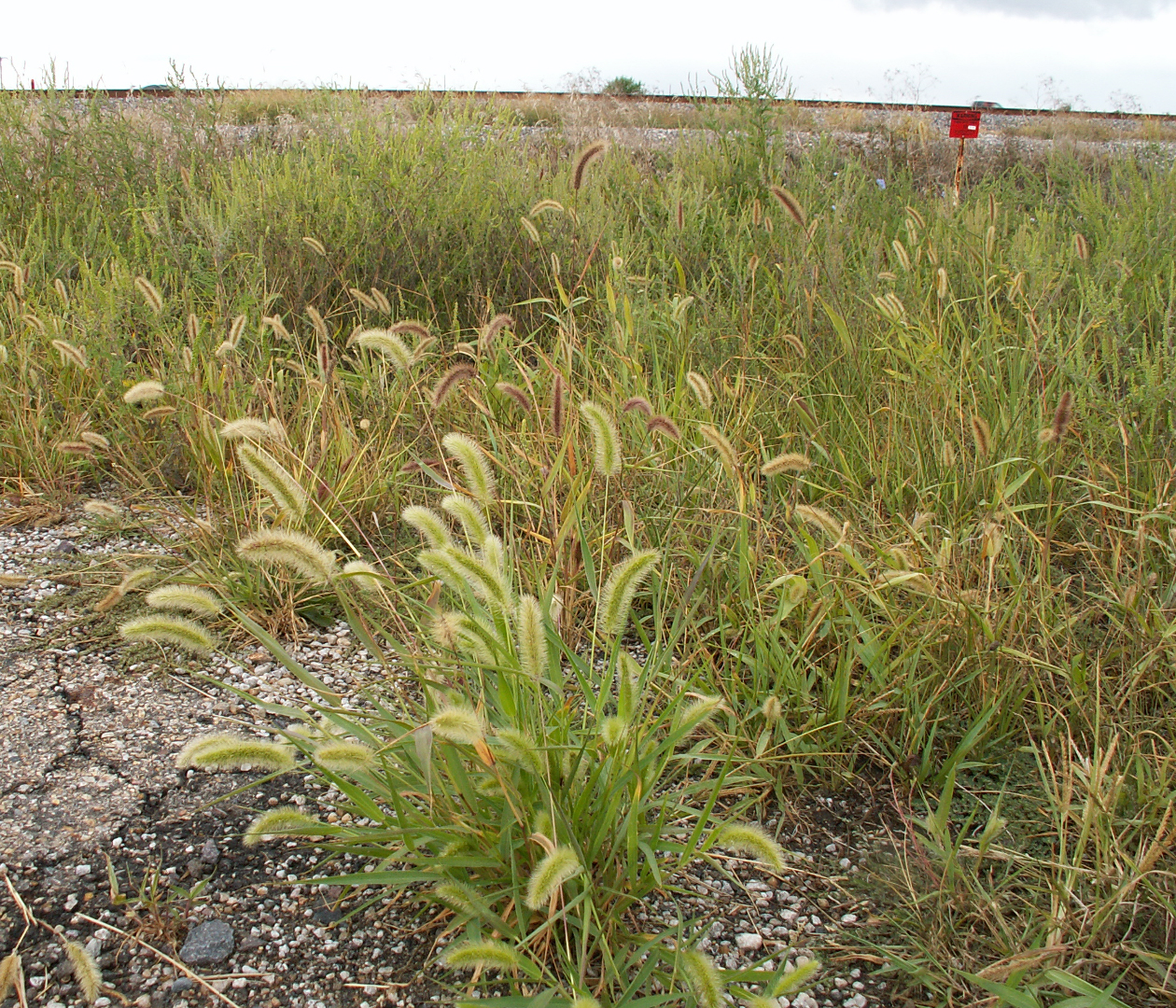
Shattering Expectations: Novel Seed Dispersal Gene Found in Green Millet
Researchers generated genome sequences for nearly 600 green millet plants and released a very high-quality reference S. viridis genome sequence Analysis of these plant genome sequences also led them to identify for the first time in wild populations a gene related to seed dispersal.

New Process Boosts Lignin Bio-oil as a Next-Generation Fuel
A new low-temperature multi-phase process for upgrading lignin bio-oil to hydrocarbons could help expand use of the lignin, which is now largely a waste product left over from the productions of cellulose and bioethanol from trees and other woody plants.

New Nitrogen Assembly Carbon catalyst has potential to transform chemical manufacturing
Scientists at the U.S. Department of Energy’s Ames Laboratory have discovered a metal-free carbon-based catalyst that has the potential to be much less expensive and more efficient for many industrial concerns, including manufacturing of bio- and fossil fuels, electrocatalysis, and fuel cells.
Danforth Center Scientists Collaborate On $13 Million Bioenergy Project
The U.S. Department of Energy (DOE) awarded a five-year, $13 million grant to a nationwide research project to genetically strengthen Thlaspi arvense, commonly known as pennycress, for use in sustainable energy efforts.

Argonne-led team finds specially-designed engines and fuels could cut air emissions and water use
Advanced fuels and new engine designs could reduce emissions and water use over the next 30 years, according for a new study led by Argonne scientists.

Love-hate relationship of solvent and water leads to better biomass breakup
Scientists at the Department of Energy’s Oak Ridge National Laboratory used neutron scattering and supercomputing to better understand how an organic solvent and water work together to break down plant biomass, creating a pathway to significantly improve the production of renewable biofuels and bioproducts.
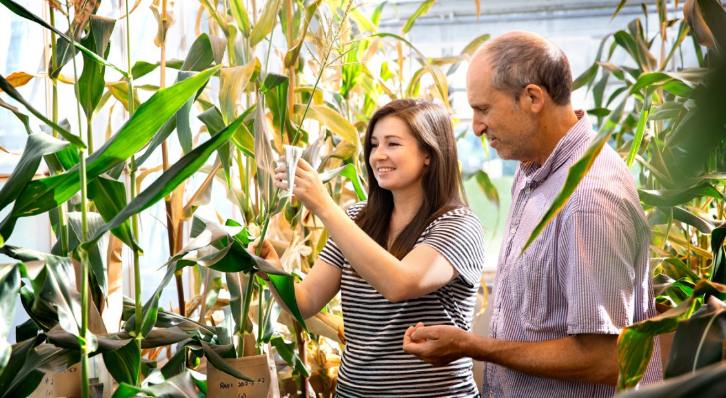
Speedy Recovery: New Corn Performs Better in Cold
Nearly everyone on Earth is familiar with corn. Literally. Around the world, each person eats an average of 70 pounds of the grain each year, with even more grown for animal feed and biofuel.
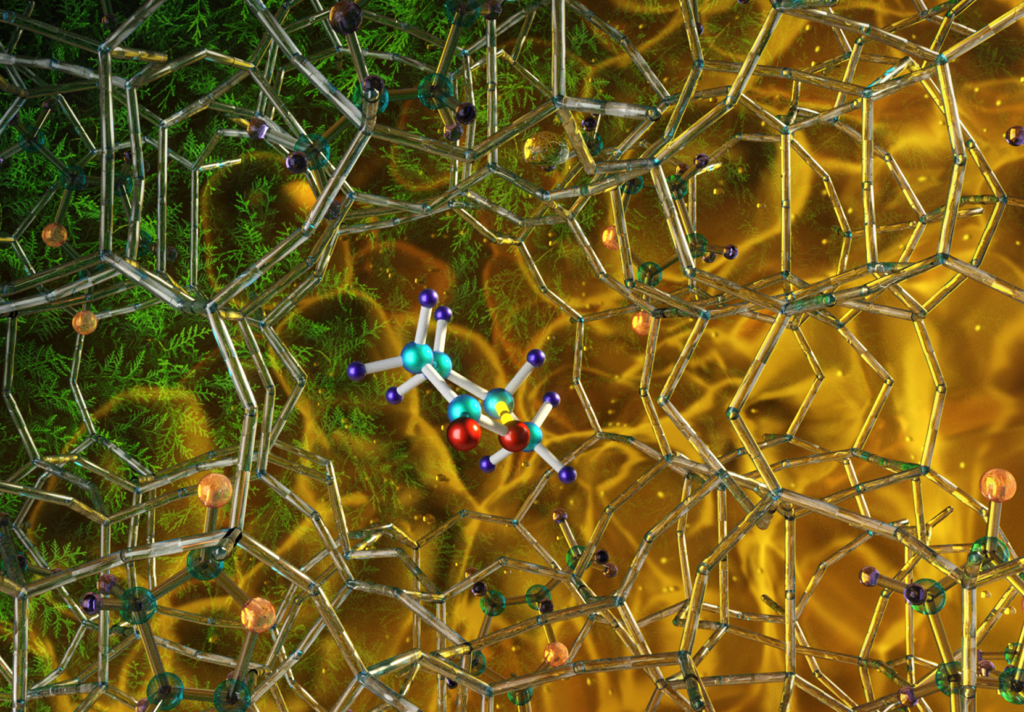
Neutrons optimize high efficiency catalyst for greener approach to biofuel synthesis
Researchers led by the University of Manchester used neutron scattering at Oak Ridge National Laboratory in the development of a catalyst that converts biomass into liquid fuel with remarkably high efficiency and provides new possibilities for manufacturing renewable energy-related materials.
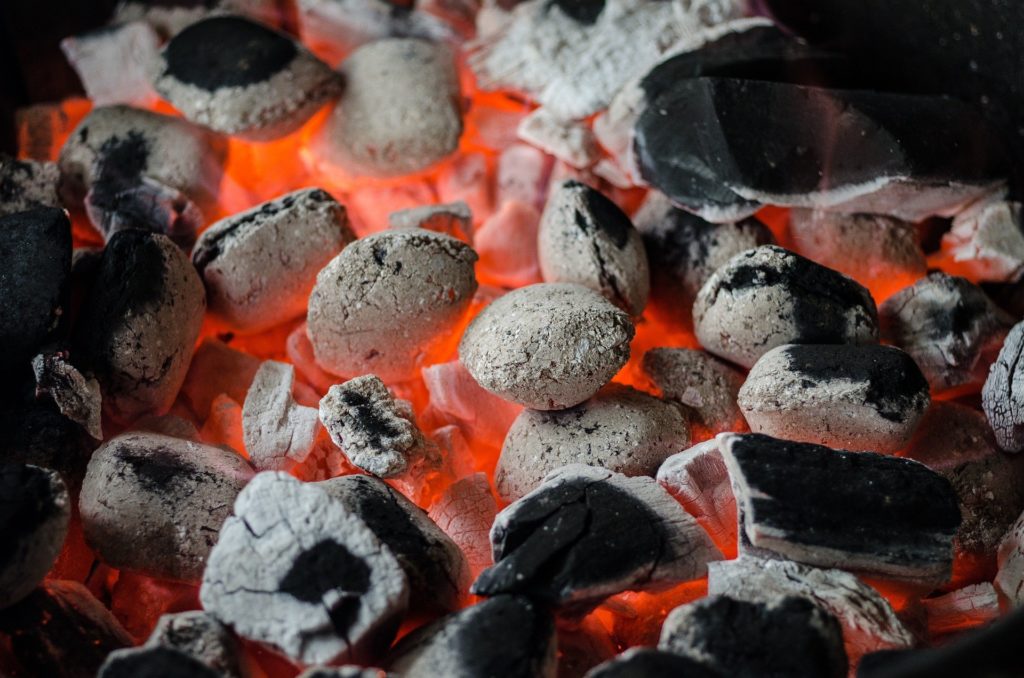
Leftover grain from breweries could be converted into fuel for homes
A Queen’s University Belfast researcher has developed a low cost technique to convert left over barley from alcohol breweries into carbon, which could be used as a renewable fuel for homes in winter, charcoal for summer barbecues or water filters in developing countries.
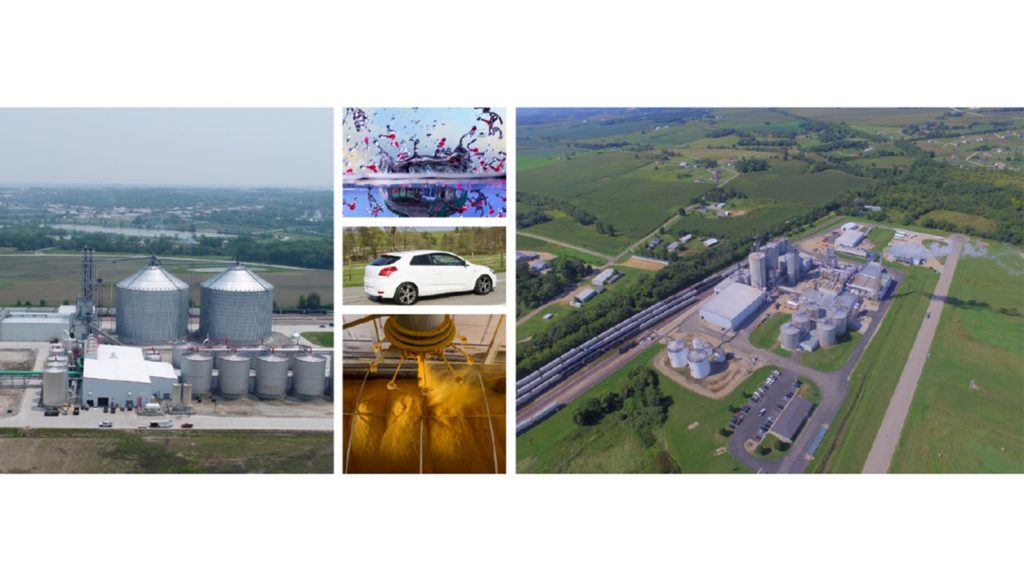
Biofuel producers make significant gains in efficiency, productivity and conservation, Argonne survey shows
The nation’s biofuel producers have made significant gains in both energy efficiency and water conservation in recent years, according to a comprehensive survey conducted by Argonne National Laboratory.
Decoding plant chatter could lead to stronger crops
Researchers will use a $2.25 federal grant to study how cells communicate within plants, and between plants and pathogens, to develop crops that are resilient to disease and other stresses. The work also could play a role in reengineering plants and microbes to improve biofuel production.